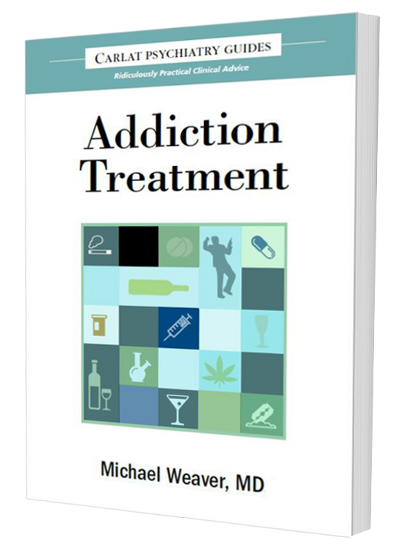 In bmartin’s pro-industry-CME blog Pathophilia, there is an interesting post about the newly proposed ACCME rules intended to stamp out commercial bias while still allowing commercial support. Bmartin parses out the wording of ACCME’s proposal in order to try to divine the organization’s actual intentions, and finds much to ridicule.
In bmartin’s pro-industry-CME blog Pathophilia, there is an interesting post about the newly proposed ACCME rules intended to stamp out commercial bias while still allowing commercial support. Bmartin parses out the wording of ACCME’s proposal in order to try to divine the organization’s actual intentions, and finds much to ridicule.You can detect a heavy dose of financial anxiety in this post. It’s an attempt to read the tea leaves in ACCME’s new policy, in the hopes that it will not actually mean any significant changes in the current system. But bmartin ends on a decidedly pessimistic note, predicting that the regulations will lead to less industry funding, and ultimately, to the disappearance of ACCME itself.
While I wish I could agree with bmartin, unfortunately I see this as very good news for industry support. Anybody who owns a CME company and has undergone accreditation and reaccreditation (as I have) knows that there is really nothing new in this “new” guidance. Any company will be able to demonstrate compliance with each of these and yet still produce promotional and biased CME. Let’s take each of these elements point by point and apply it to a recent promotional CME article produced by Medscape (see here for more details, and see Bernard Carroll's excellent investigative journalism on Medscape here and here).
1. Needs assessment will have to be identified by neutral organizations. Not a problem! You want to keep the flow of money coming from Janssen to help it promote Invega? Many non-industry funded organizations will report that practitioners have a need to learn more about the appropriate use of antipsychotics. Bingo—you’ve just done your needs assessment.
2. Practice gaps will have to be identified by neutral organizations. Same non-issue as number one. Any reasonable organization will identify adequate treatment of schizophrenia as a “practice gap.” For example, the AHRQ produced this document which can be cited to support the need for education about how to use atypical antipsychotics. Medscape will argue that focusing an article on treating a schizophrenic patient with liver disease (which just happens to be the specialty of Invega, its sponsor’s medication) fills an identified “practice gap,” and ACCME won’t argue with them.
3. The curriculum must be specified by a bona fide organization. This is a hard one…let me see…okay, how about psychiatry’s specialty board, the American Board of Psychiatry and Neurology, Inc., which publishes these “core competencies” in psychiatry. Go to the “Somatic treatment” section and you’ll find the following recommended curriculum for psychiatrists:
“Somatic treatments, including:
a) Pharmacotherapy, including the antidepressants, antipsychotics, anxiolytics, mood-stabilizers, hypnotics, and stimulants, including their:
i) Pharmacological actions
ii) Clinical indications
iii) Side effects
iv) Drug interactions including over-the- counter, herbal, and alternative medications
v) Toxicities
vi) Appropriate prescribing practices including age, gender, and ethnocultural variations
vii) Cost-effectiveness”
I think this is broad enough to support any CME activity, no matter how blatantly promotional, as long as it relates to some aspect of pharmacotherapy.
4. It must be verified as “free of commercial bias.”
This is a redundancy, since this is already a centerpiece of ACCME Standards for Commercial Support. The organization will never have the resources to monitor the thousands of industry-supported CME activities hatched yearly.
So don’t fret, bmartin—in fact, I would argue that this is a cause for great joy. ACCME is handing you the perfect mechanism for a commercial CME whitewash. Use some of that industry money to celebrate.


 Subscribe to our RSS Feed!
Subscribe to our RSS Feed!

1 comment:
great to see a forum from the ever changing world of full disclosure. i recently came across a nonprofit created to support practitioners --the nonprofit got the pharma dollars and proceeded to pay the practitioners as speakers and researchers...seems like it would be called money laundering on The Sopranos.
Post a Comment